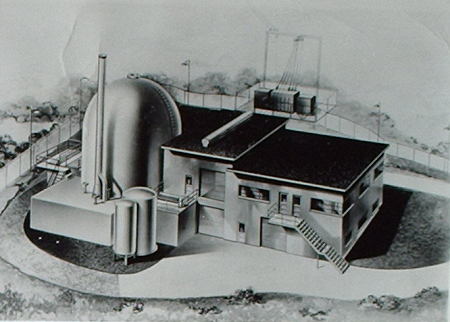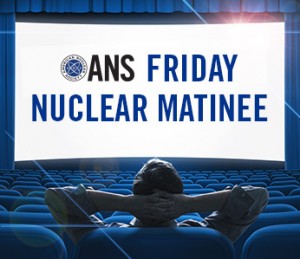The Strangest Things
Over the years that I've been writing for ANS, I've managed largely through that association to come into possession of a number of fairly odd things. I mean, all of us have things that the "normal person" (and by that I mean non-nuclear) would find pretty strange, but I'm telling you I have some strange things that are a bit further out than garden-variety strange. I'd like to tell you about just two.


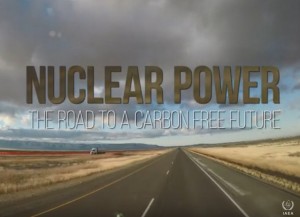
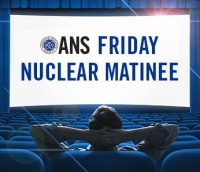
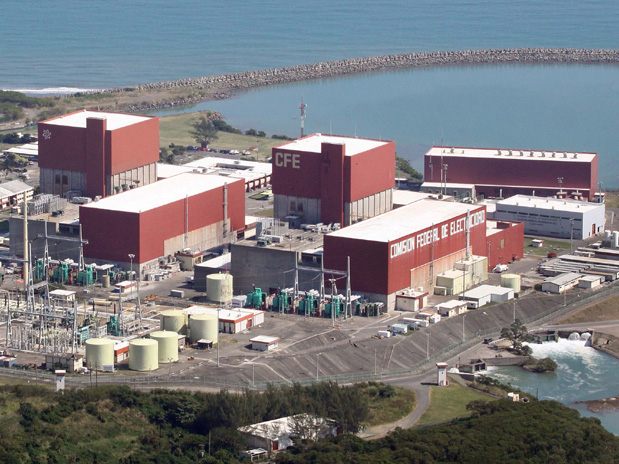
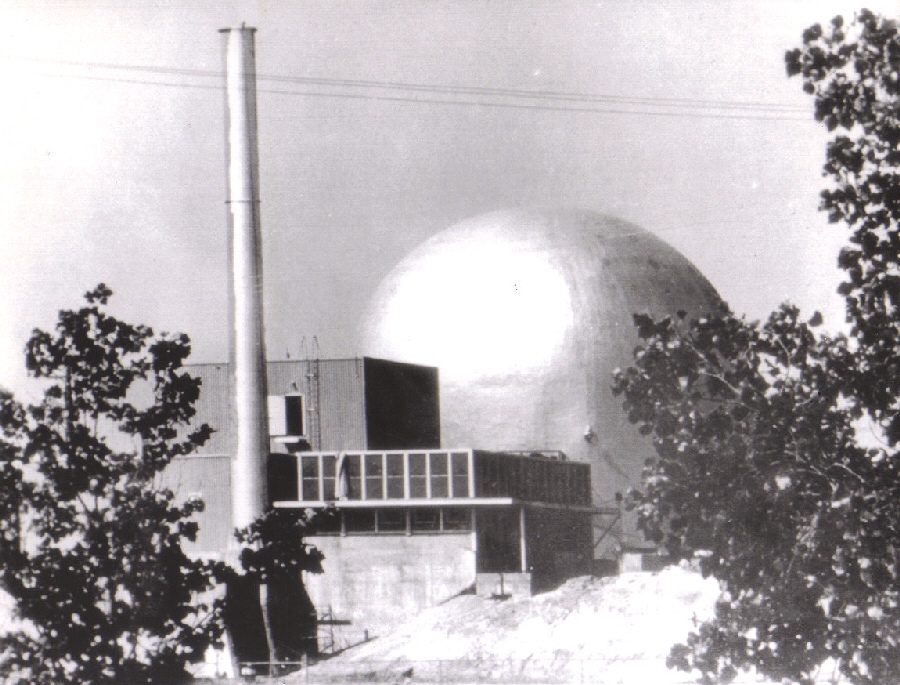
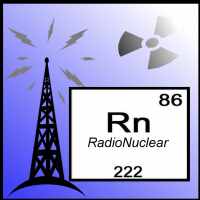 Episode 27
Episode 27